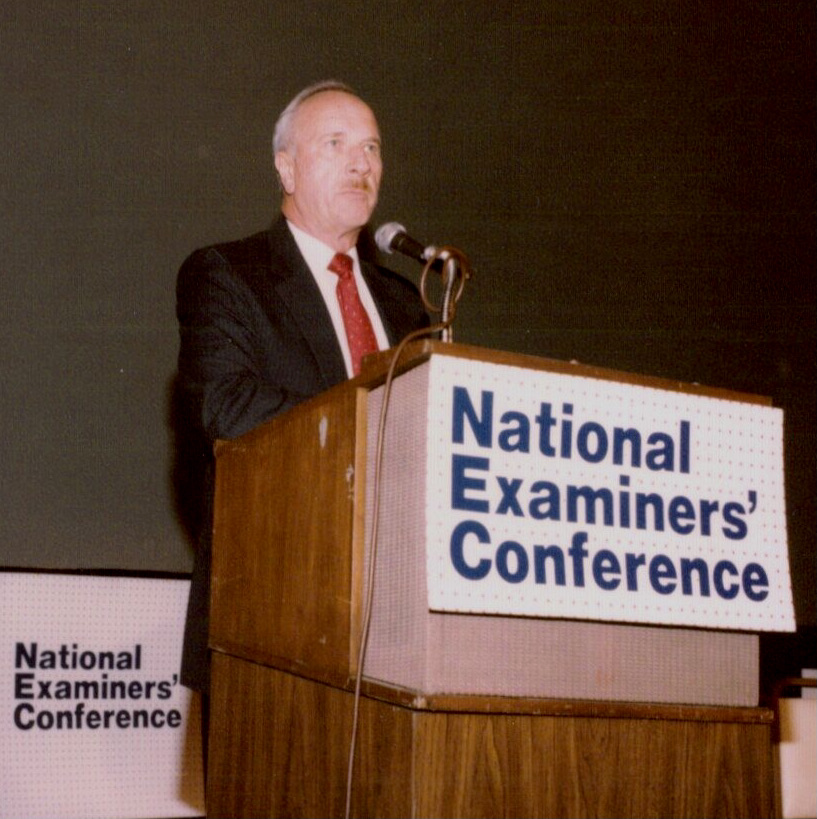Two credit union press releases this week reminded me of the 2012 post below by Jim Blaine.
The first was the announcement that five Minnesota credit unions had loaned $31 million to Opal Holdings, a New York real estate developer and investment firm, to purchase a 17 story office tower in Bloomington, MN. “The financing included two senior secured notes on equal footing issued in June: One for $22.1 million at 5.1% for 36 years and the other for $8.1 million at 5.32% for 40 years.”
The second from Summit Credit Union stating it had completed the purchase of the $837 million Commerce State Bank “in the largest credit union acquisition of a bank in the state’s history.”
“Twilight Zone” (by Jim Blaine)
 |
Nobody said it better than Golden Earring. No, this is not the golden earring you fearfully imagine sprouting some day from your teenager’s nose or navel. It’s the late ‘70s rock group and the song is “Twilight Zone”. The question: “Steppin’ out into the twilight zone. Entering the Madhouse, fears that have grown. What will become of the moon, and stars? Where am I to go, now that I’ve gone too far?”… The answer: “You will come to know, when the bullet hits the bone! Yes, you will come to know, when the bullet hits the bone!”
The Amanas were settled in 1855 by the Society of True Inspirationists. The sect was formed in Germany; adopted a communal structure; and had unique, idealistic, and firmly held beliefs – sound vaguely familiar? The communities were self-sufficient and prospered richly.
All things were shared. Products, such as woolens, handmade furniture, meats and wines, were sold to the outside world. A sterling reputation was built upon high standards of craftsmanship and a close attention to detail. The “Amana” name – remember that refrigerator? – became synonymous with quality and value – sound vaguely familiar?
 |
| “Why don’t you download this app…” |
The Amanas appeared to be the true Utopia, the new Eden. But trouble, eventually, always comes to Eden. At first, the Inspirationists called it “The Reorganization”, then “The Change”, and finally, “The Great Change”. It started as a murmur, became a grumble, heightened to an argument, and ended in 1932 as a split.
Eighty years of success forced onto the scaffold of change by a diminished intensity of beliefs, a cooling of religious fervor, a forgetfulness of original purpose and vision – sound vaguely familiar?
Their world, however, did not come to an end in 1932. The Amana Colonies continued on. The communal structure was abandoned; the religious and the secular were separated. Homes and personal property were divided; stock was issued in the businesses and agricultural interests.
Why did this happen? The guidebook says: The Amanas were… “a goal: visioned through faith; created and established by faith; named for a faith and dedicated to a faith”. And, “the first generation had an idea and lived for the idea. The second generation perpetuated the idea for the sake of their fathers, but their hearts were not in it. The third generation openly rebelled against the task of mere perpetuation of institutions founded by their grandfathers. It is always the same with people.” – sound vaguely familiar?Which credit union generation is this? Are you still living for “the idea”? Is your heart… still in it?
 |
| “… destination unknown.” |
“Steppin’ out into the twilight zone. Falling down a spiral, destination unknown. What will become of the moon and the stars. Where am I to go, now that I’ve gone too far?
…You will come to know, when the bullet hits the bone. Yes, you will come to know when the bullet hits the bone.”




